(Fatherland) - Lam Son - Lam Kinh is a sacred land of "spiritual and talented people", the homeland of national hero Le Loi, the birthplace of the Lam Son uprising to drive out the Ming invaders in ten arduous years (1418-1427), and also the eternal resting place of the kings, queen mothers, and queen mothers of the Le So dynasty.
Lam Kinh National Special Relic Site today is planned with a total area of 200 hectares, located in Tho Xuan and Ngoc Lac districts, more than 50km northwest of Thanh Hoa city.
Lam Son is considered the “second capital” of Dai Viet after Thang Long Dong Do - Hanoi. This is a relic site with many sacred cultural values not only for the people of Thanh Hoa but also for the whole nation.
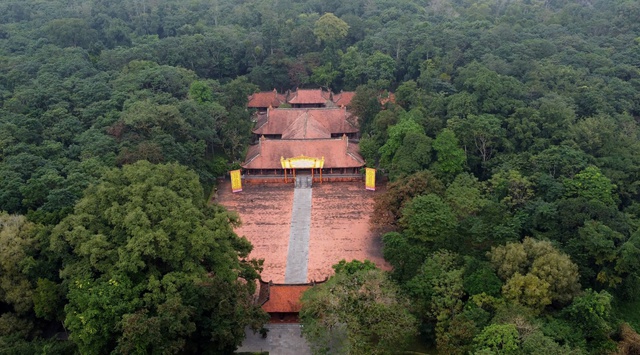
Lam Kinh relic complex seen from above
The uprising initiated and led by national hero Le Loi broke out in the spring of 1418, in the Lam Son mountains and forests. On April 15, 1428 of the lunar calendar, Le Loi ascended the throne as Emperor in Dong Do (Thang Long - Hanoi), took the reign name Thuan Thien, named the country Dai Viet, and opened the most prosperous and flourishing dynasty in the feudal history of Vietnam - the Later Le dynasty that lasted 360 years.
In 1430, Le Loi changed Lam Son to Tay Kinh (also known as Lam Kinh). In 1433, Le Thai To passed away and was brought back to his hometown Lam Son to be buried in Vinh Lang. From here, Lam Kinh became a mausoleum area.
After succeeding King Le Thai To, King Le Thai Tong continued to build Lam Kinh Palace after ascending the throne. Initially, Lam Kinh Palace was built on a small scale, mainly as a "Mountain Tomb" area (a place to bury and worship ancestors and kings and queens of the Early Le Dynasty). Later, to serve the king and the royal family when they returned to visit their homeland and pay homage to the mountain tomb, over time, Lam Kinh Palace was gradually expanded in size and grandeur.

Jade Well - a construction built during the reign of King Le Loi
The book "Viet Su Thong Giam Cuong Muc" describes: "Lam Kinh of the Le Dynasty was located to the west of Lam Son mountain, to the north it leaned against Dau mountain. At the beginning of Thuan Thien period, this land was used as Tay Kinh, also called Lam Kinh, to build a palace overlooking the river, behind a large lake like Kim Nguu lake, the mountain streams flowed into this lake. There was also a small stream originating from the lake flowing in front of the palace, wrapping around like an arc, a tiled bridge was built over the stream. Cross the bridge to reach the palace".
"Lam Kinh Palace is located behind the mountain, in front of it is a river, surrounded by green mountains and water, dense forests, Vinh Lang of Le Thai To, Huu Lang of King Le Thai Tong and the tombs of the Le Dynasty kings are all here (?), each tomb has a stele" (Phan Huy Chu - Chronicle of Dynasties).
With its sacred and solemn nature, the Later Le Dynasty always assigned officials and a standing army to Lam Kinh Palace to look after and protect the capital, the Temple and tomb area.


Unique architecture of Lam Kinh
Over the centuries, Lam Kinh Temple has been repaired and rebuilt many times. Nearly six centuries have passed, with many ups and downs of the country's history, the harshness of nature and the unconsciousness of humans, Lam Kinh has seriously degraded and become a ruin.
Although the temples and shrines are no longer the same as before, with the landscape space, the foundations of the architectural works of the mausoleums and many remaining relics and artifacts of the Later Le Dynasty, Lam Kinh is still a red address for the people of Thanh Hoa in particular, and the whole country in general, which needs to be preserved and promoted for its traditional educational value. Therefore, in 1962, Lam Kinh relic was ranked as a national relic. In 1994, the Prime Minister issued Decision 609/QDTTg approving the overall project to restore, renovate and embellish Lam Kinh historical relic. In particular, on September 27, 2012, the Prime Minister issued Decision 1419/QD-TTg recognizing Lam Kinh historical relic as a special national relic.

Unique architecture of Lam Kinh
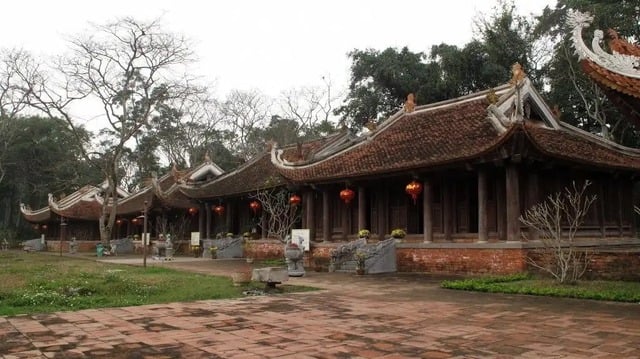
Unique architecture of Lam Kinh
With the attention of the Party and the State, many central and local seminars on the Later Le Dynasty, the Emperors and Empresses, and the Lam Kinh historical relic, many archaeological studies of the central area of Lam Kinh have been carried out, with the aim of determining the architectural scale of ancient works, construction materials, and decorative arts, contributing more documents and historical data on the Later Le Dynasty and serving the research work of design, construction, conservation, restoration, and embellishment.
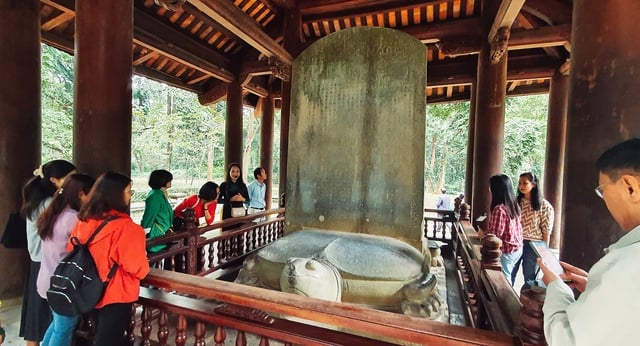

The Vinh Lang Lam Kinh stele was made during the Le So Dynasty, the 6th year of Thuan Thien (1433), and was recognized by the Prime Minister as a National Treasure.
Since then, many relics have been studied to preserve their original state and prevent degradation. Many relics have been restored, renovated, and gradually recreated part of the appearance of ancient Lam Kinh.
Lam Kinh National Special Relic Site with its historical and cultural values is a symbol of national pride in a heroic historical period of fighting against invaders and building the Dai Viet nation.
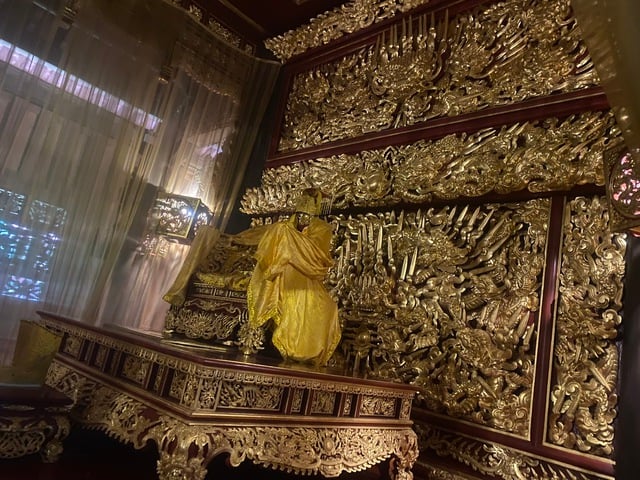
Image of King Le holding court when returning to Lam Kinh
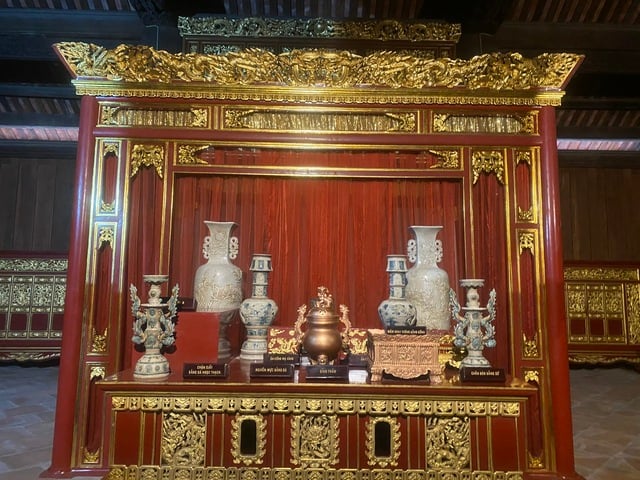
Dragon bed and objects in the palace of the ancient King Le
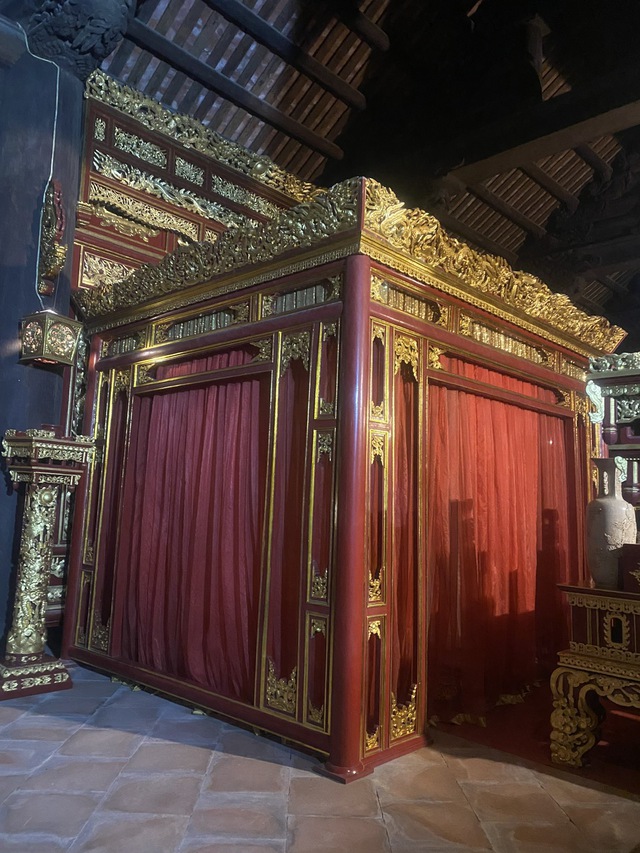
Restoration of the Dragon Bed at Lam Kinh Historical Site
According to the Lam Kinh Historical Relic Management Board, since the Lam Kinh relic was restored and embellished, the landscape of the relic has become clean and beautiful, and the number of visitors to the relic has increased day by day, especially during the festival, with hundreds of thousands of people every day. This has contributed to improving the lives of people in the region, especially developing the service economy. At the same time, it has contributed to spreading and promoting the traditional history of the locality and the history of national culture./.
Source: https://toquoc.vn/di-tich-lam-kinh-bieu-tuong-cua-long-tu-hao-ve-mot-giai-doan-lich-su-oai-hung-chong-quan-xam-luoc-20241130145219664.htm



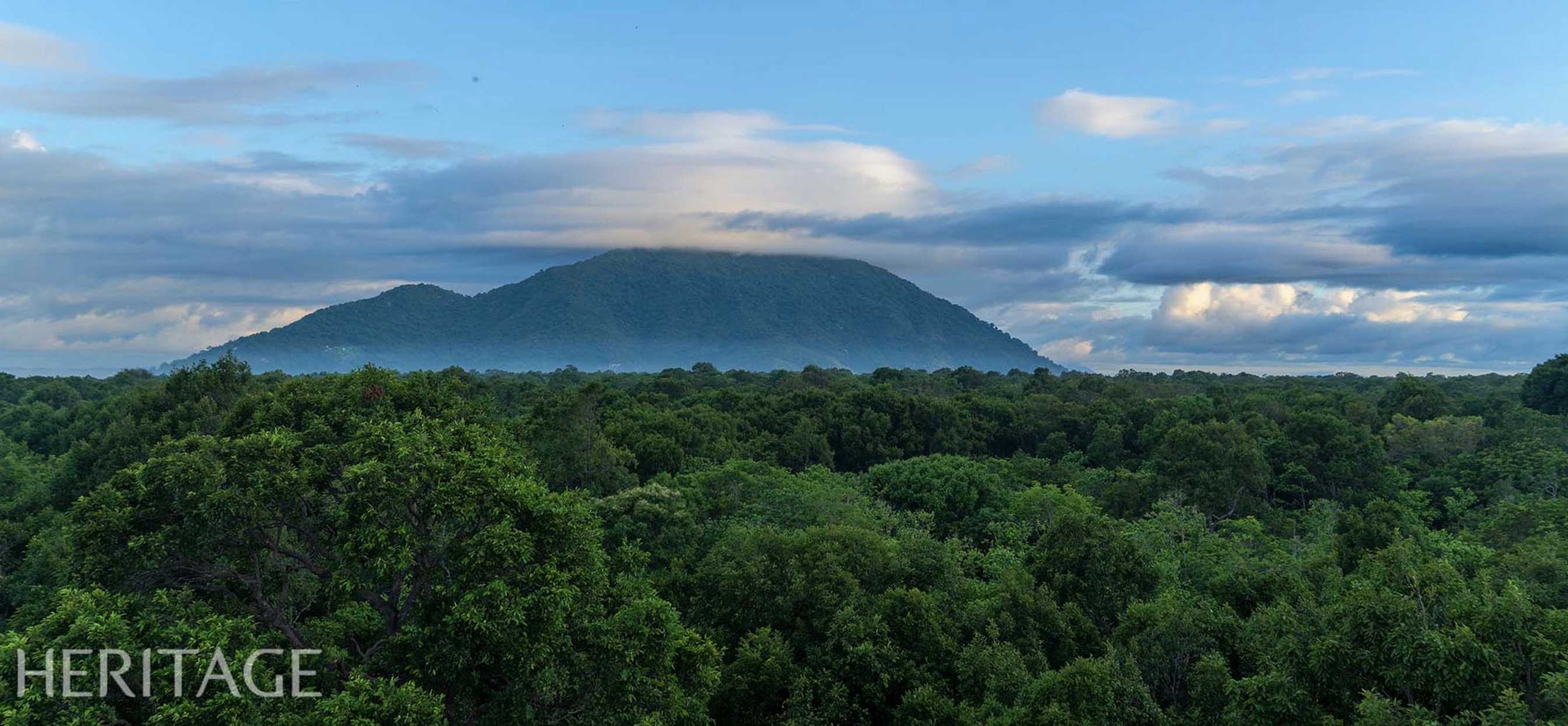
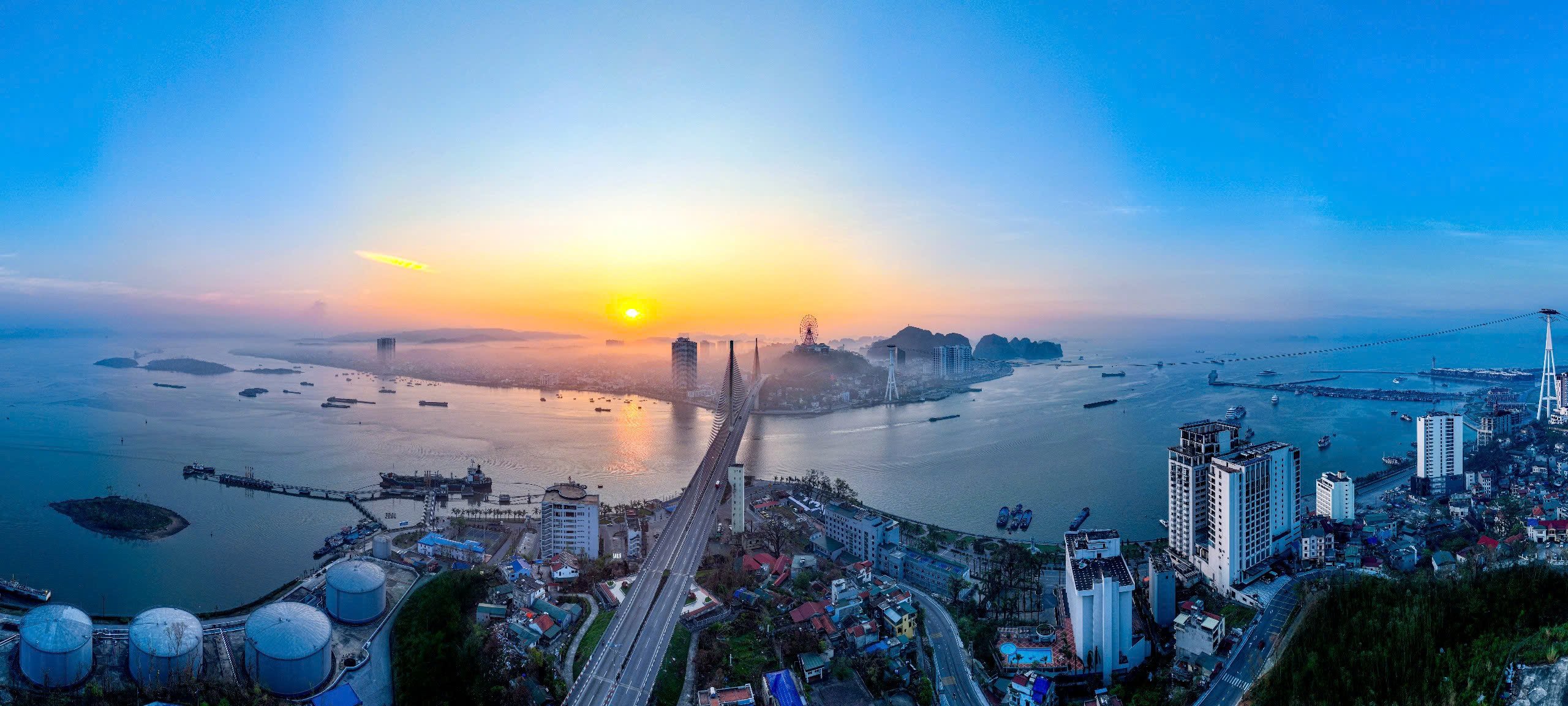
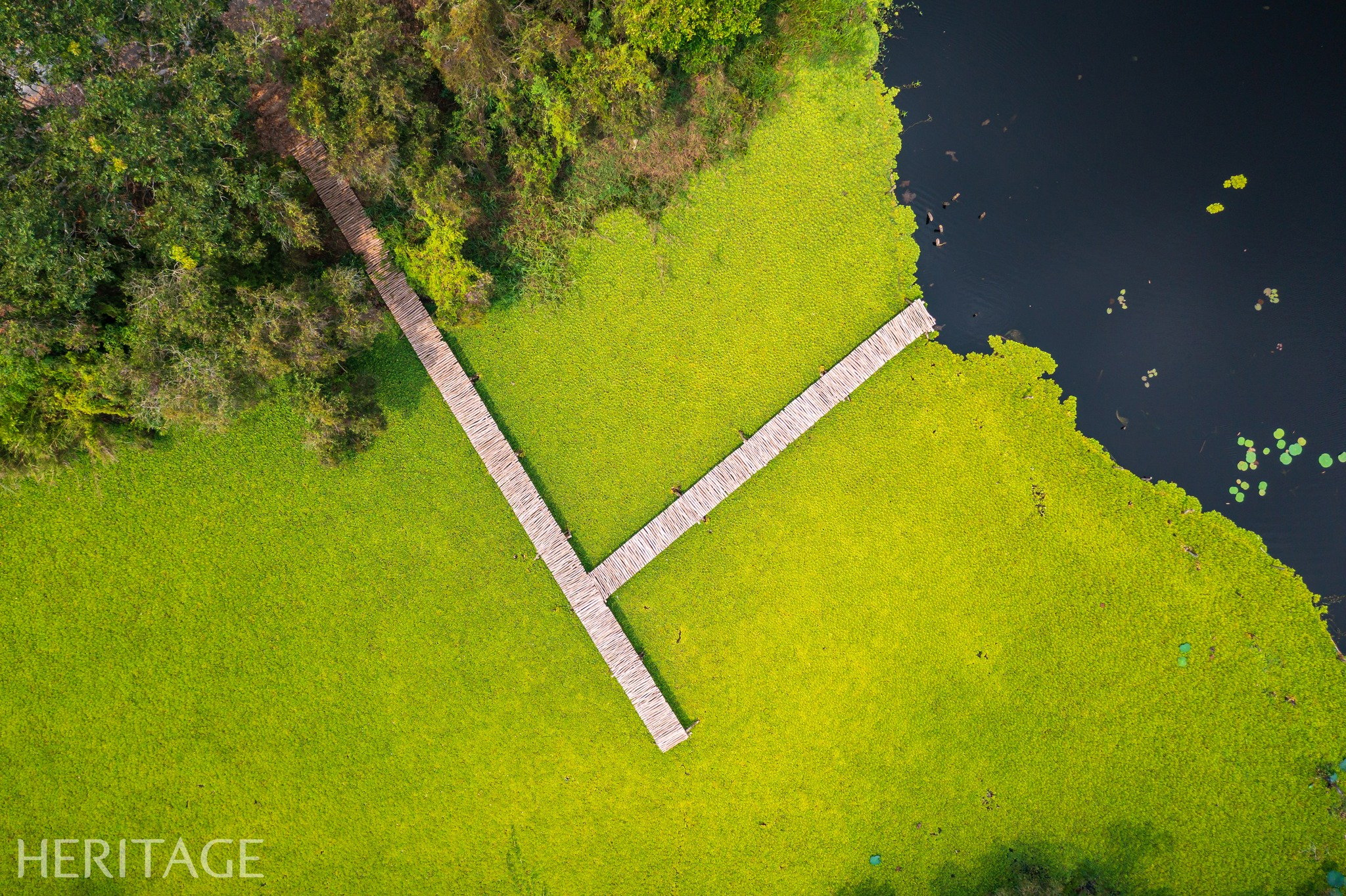


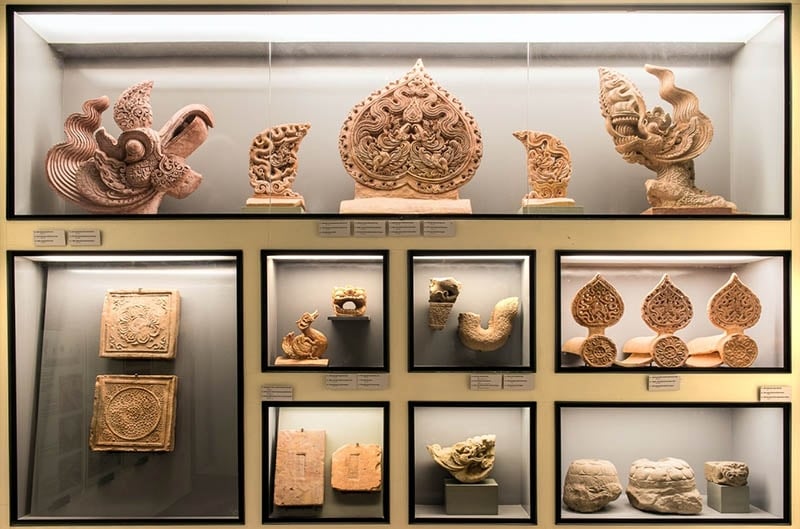

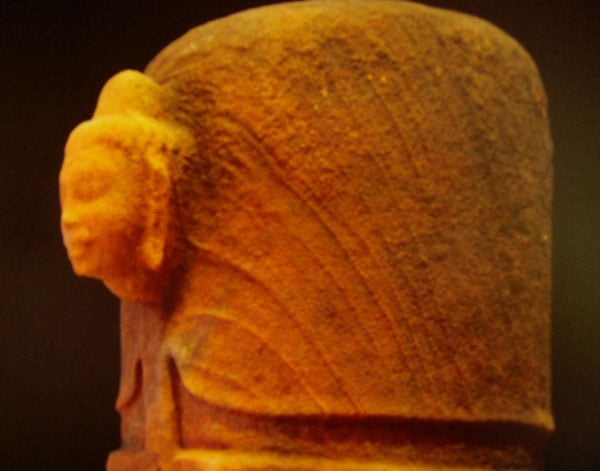

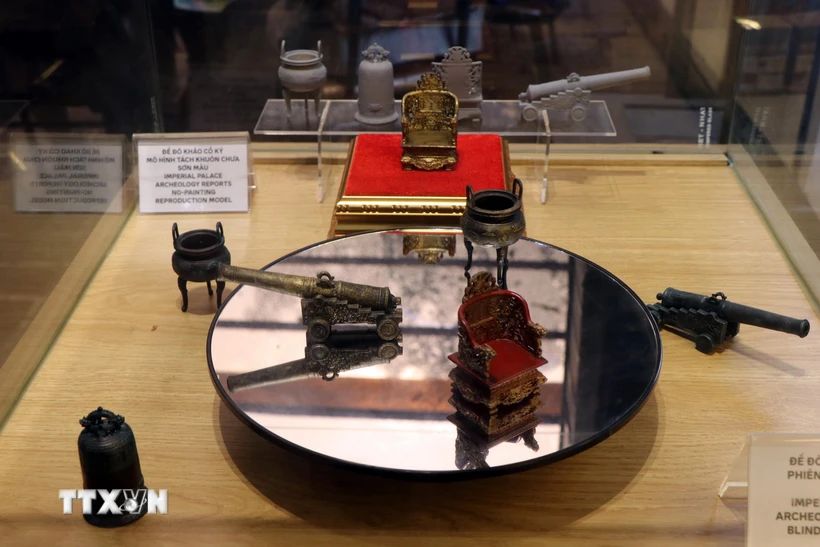


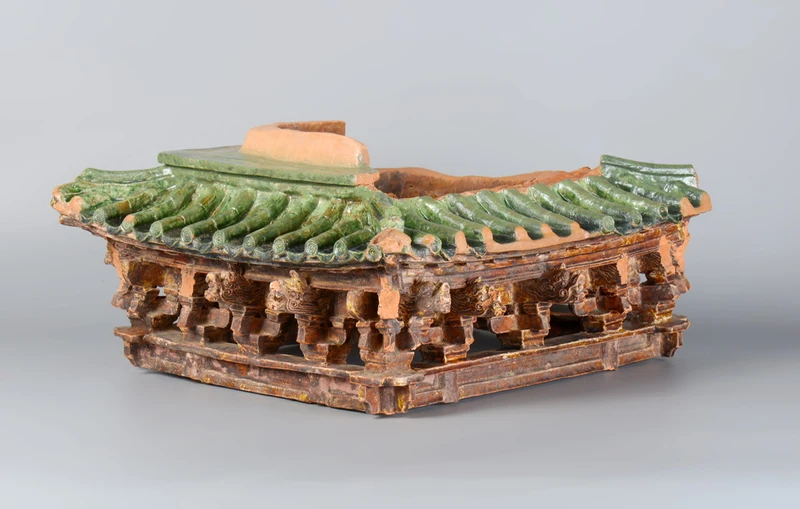





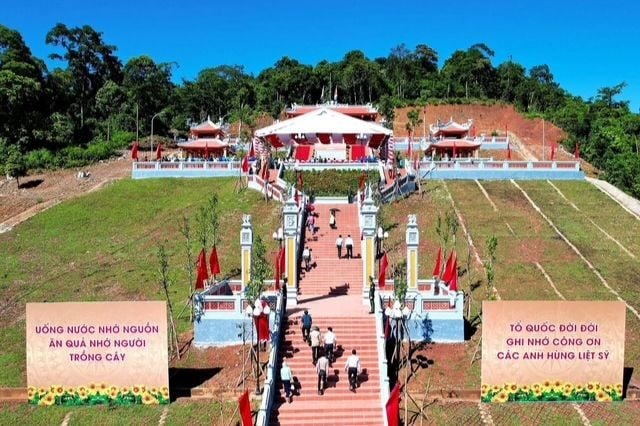
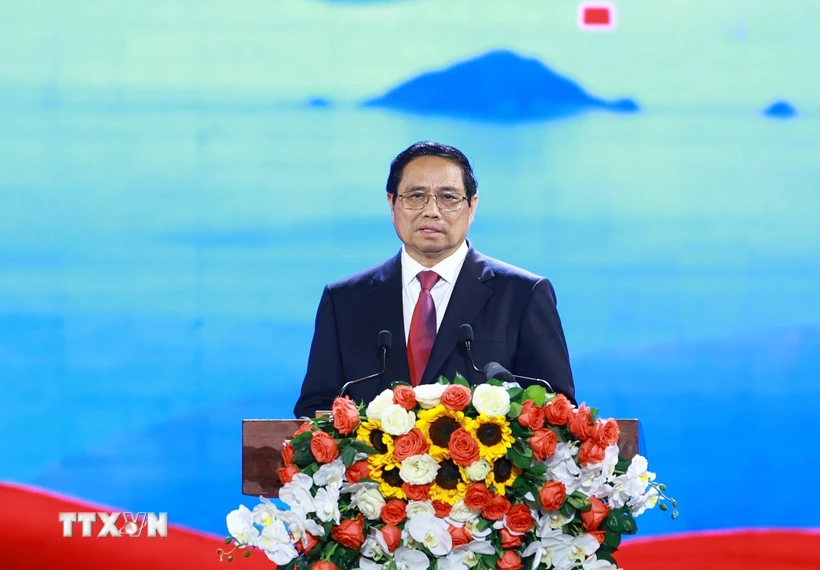




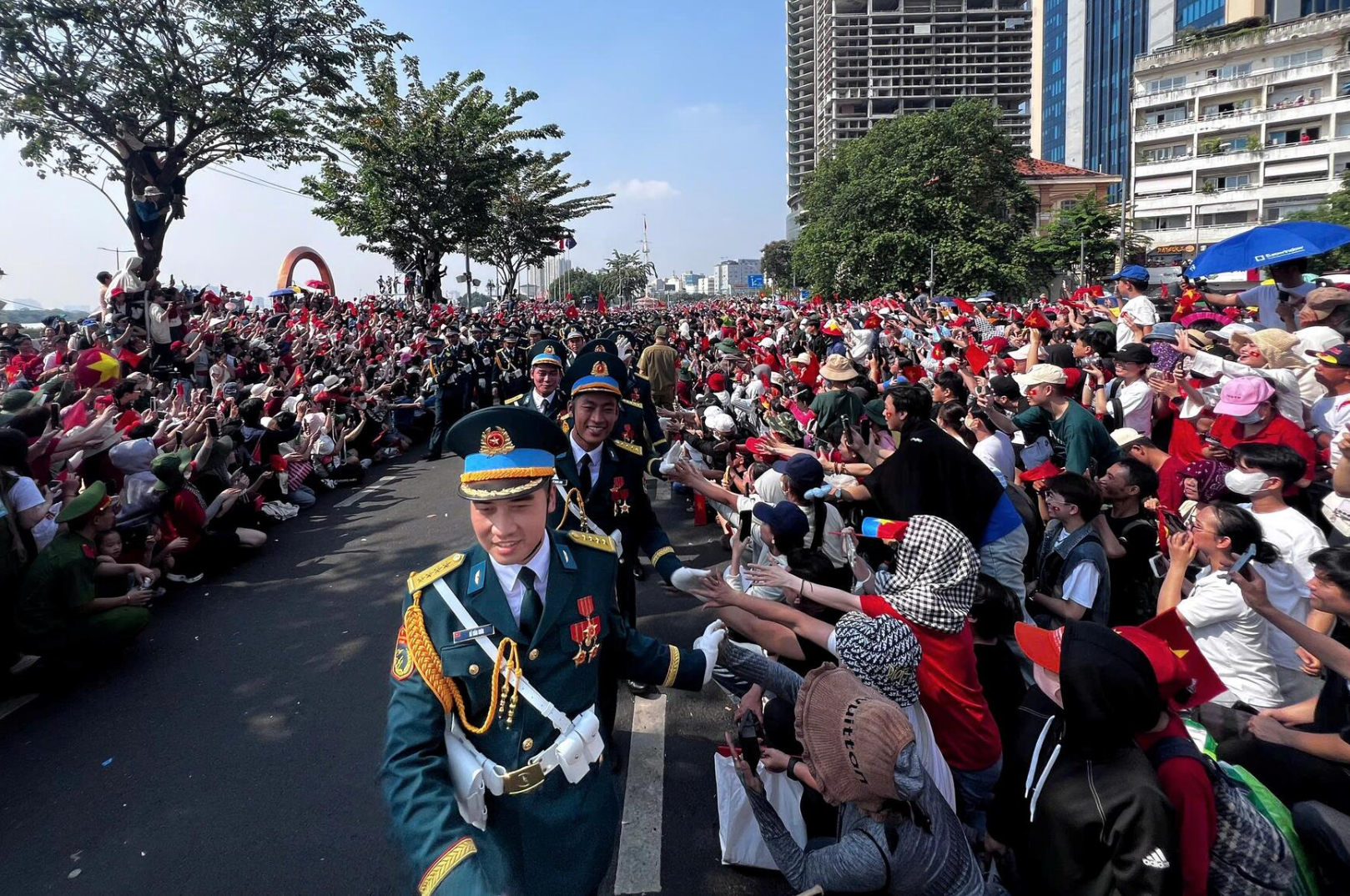
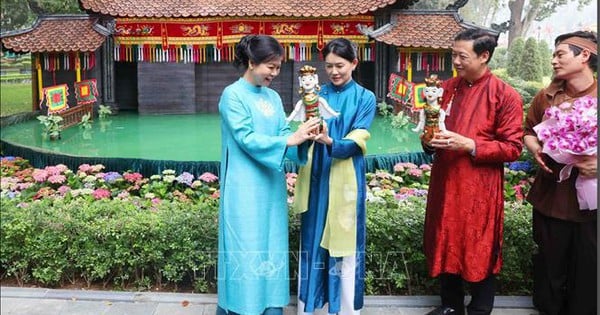



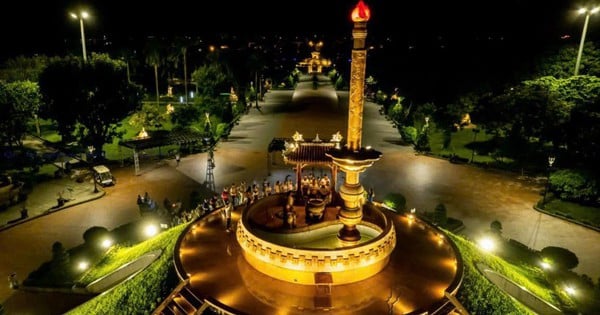
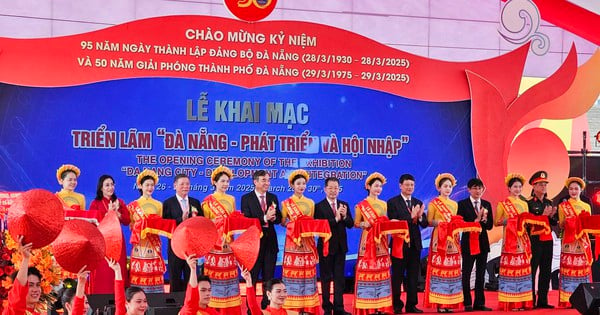
![[Photo] Thousands of Buddhists wait to worship Buddha's relics in Binh Chanh district](https://vstatic.vietnam.vn/vietnam/resource/IMAGE/2025/5/3/e25a3fc76a6b41a5ac5ddb93627f4a7a)
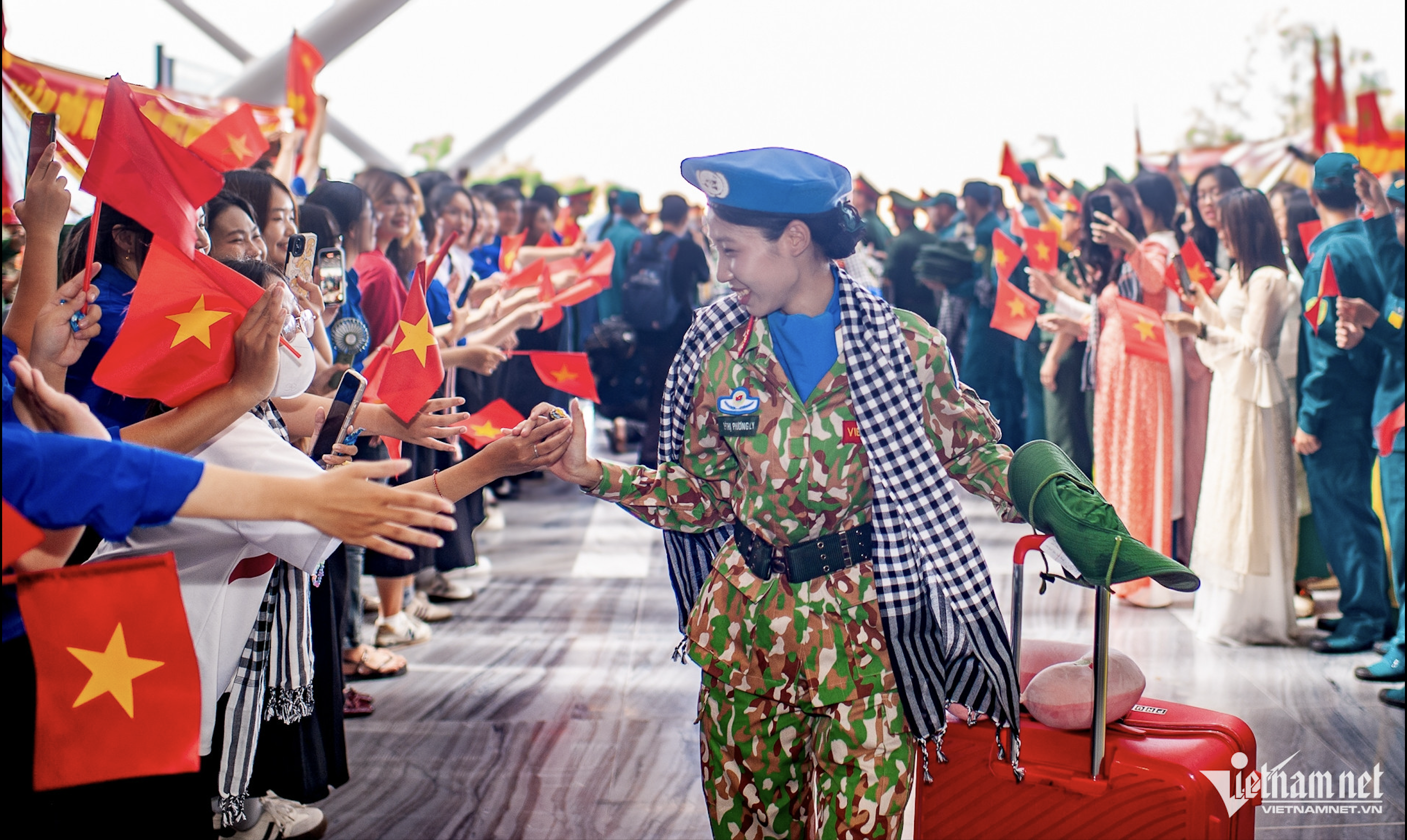
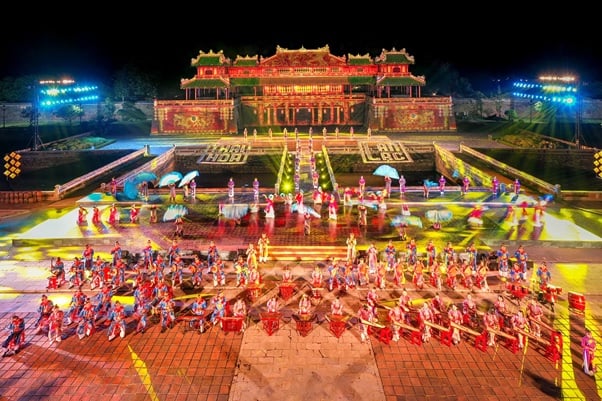

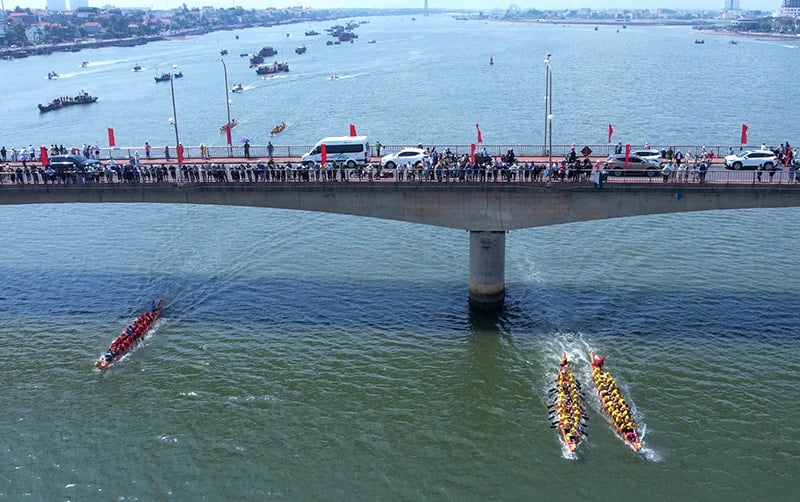

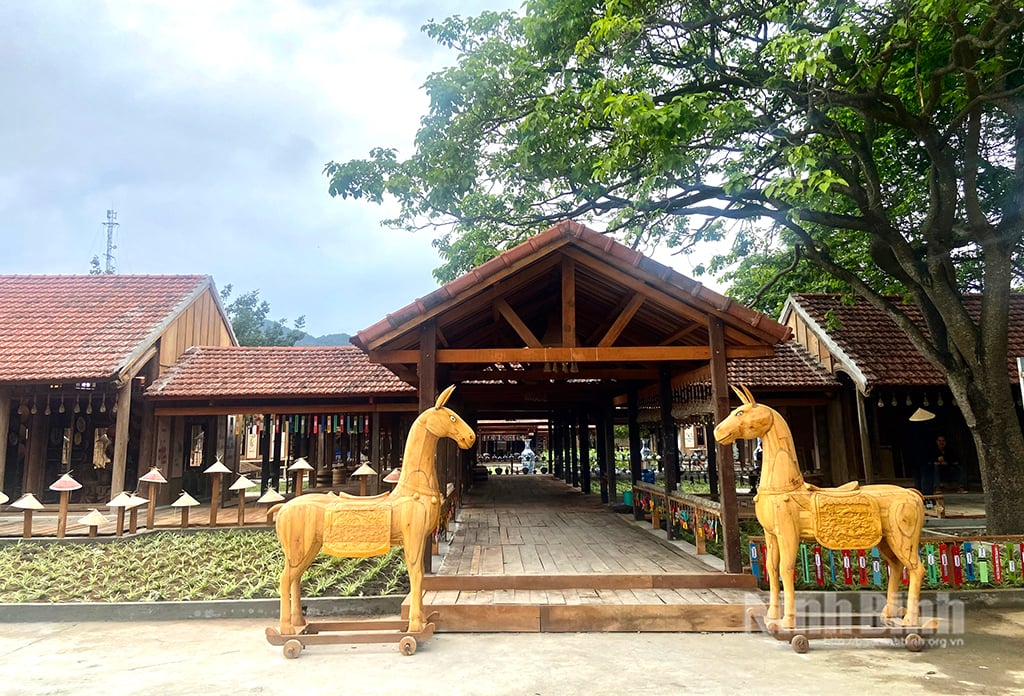

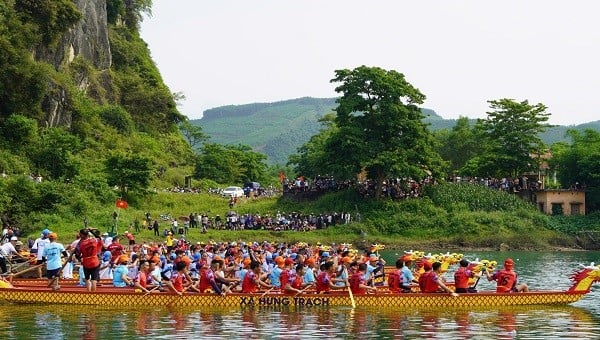
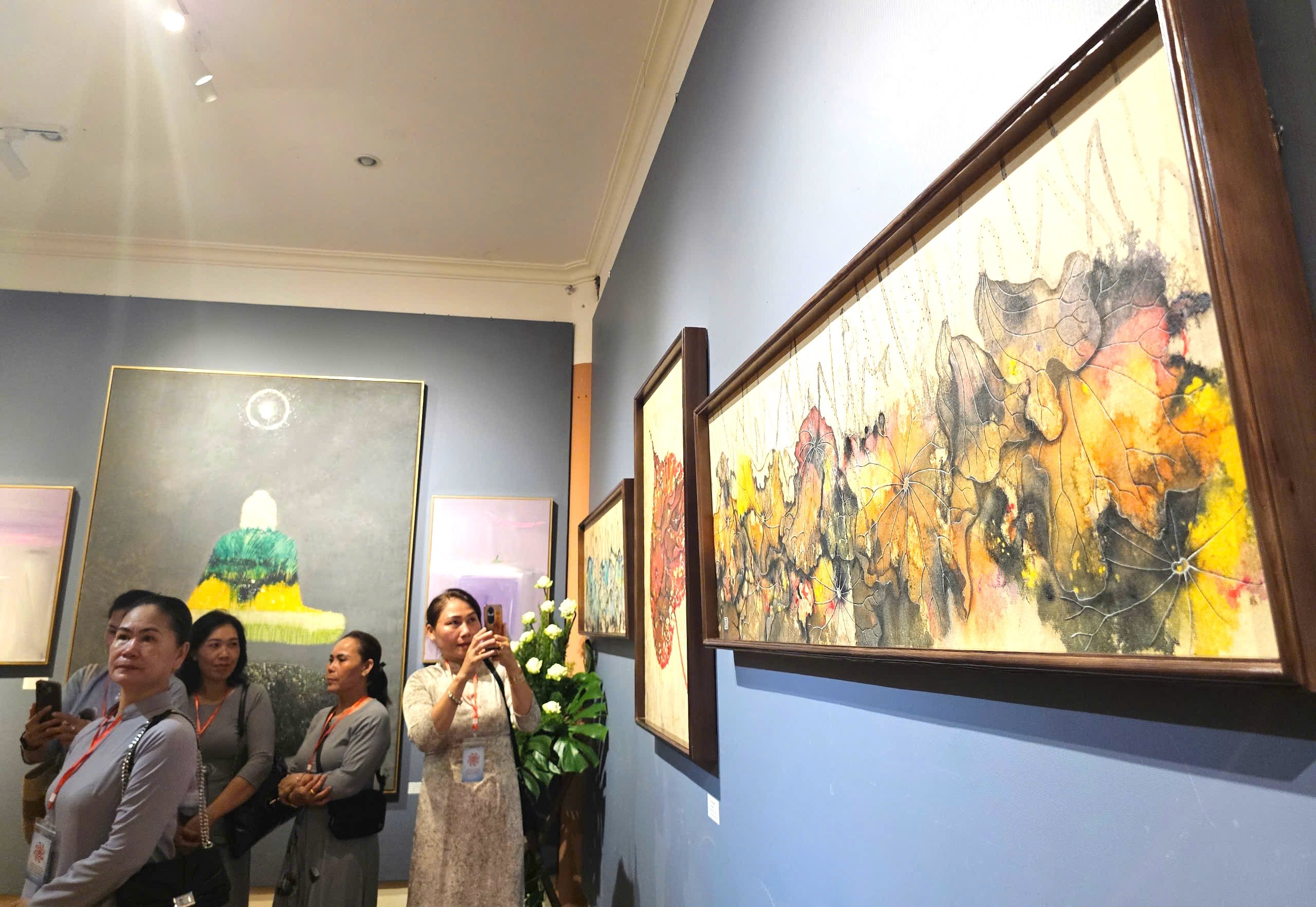







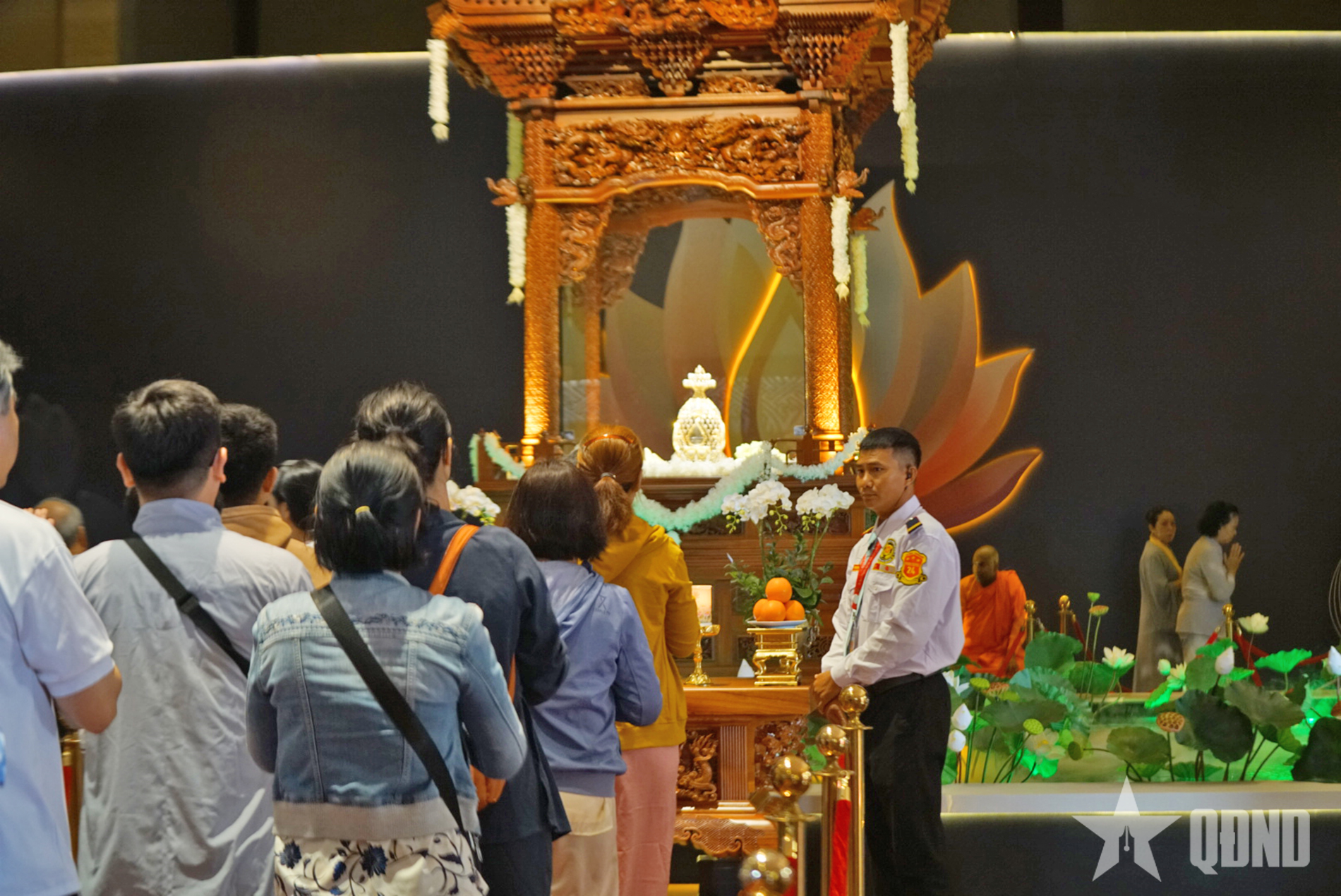












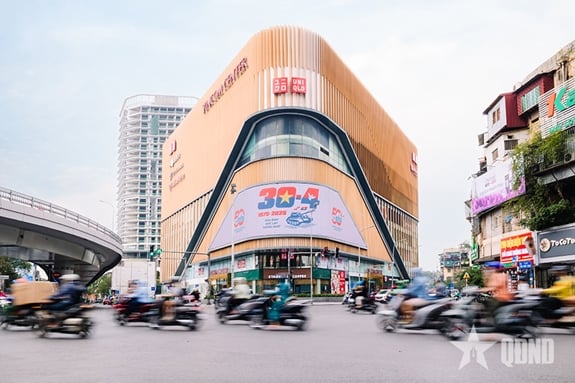





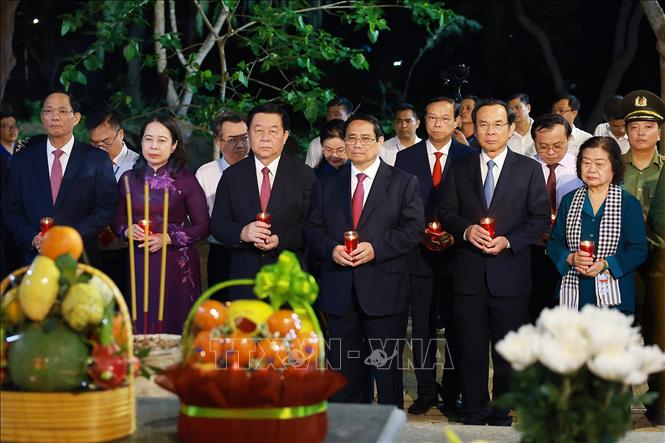



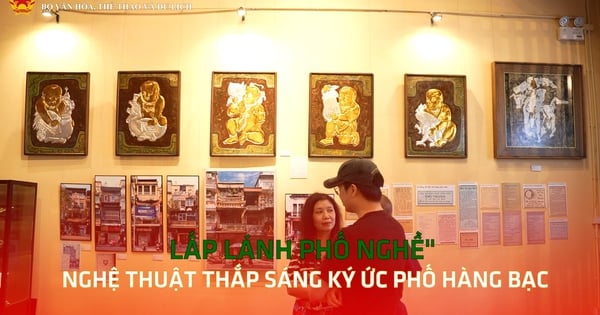


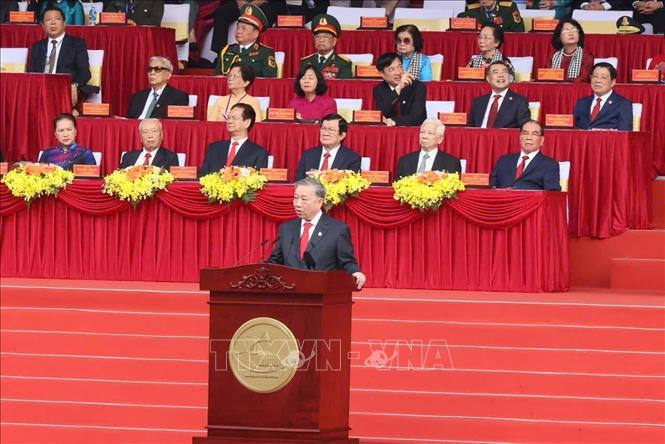

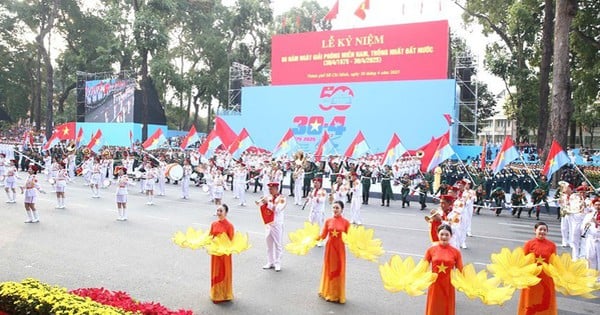
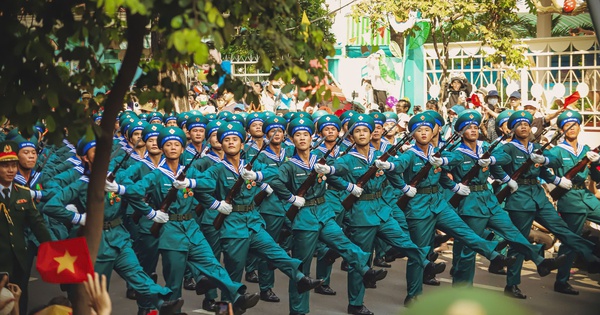
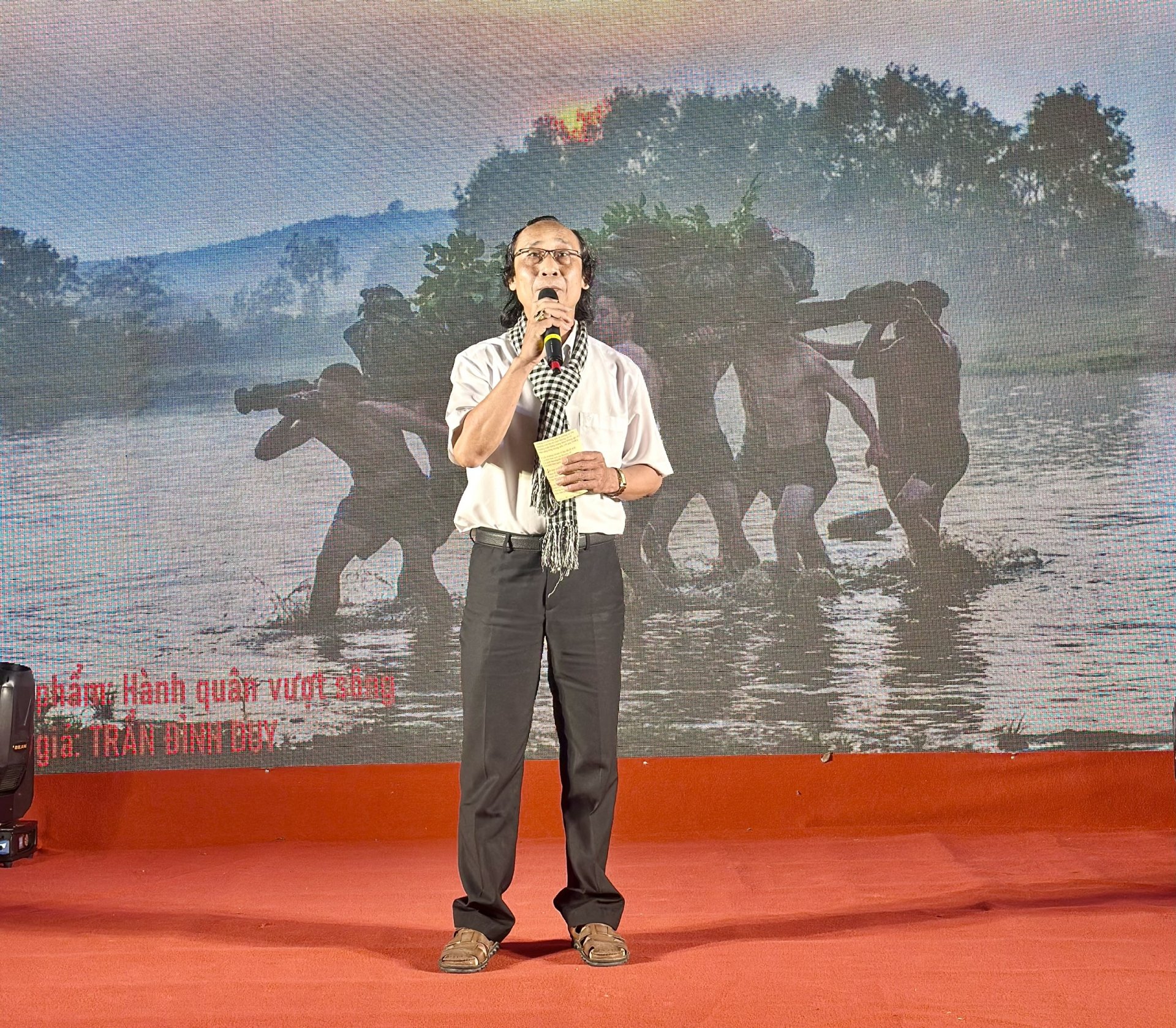





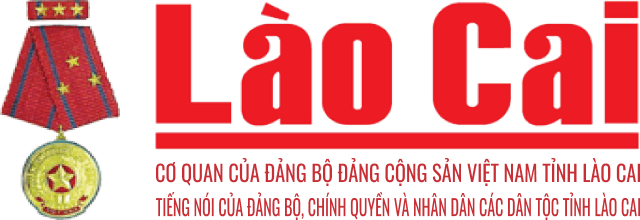
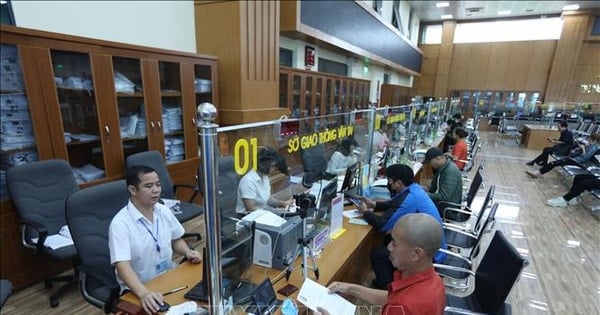







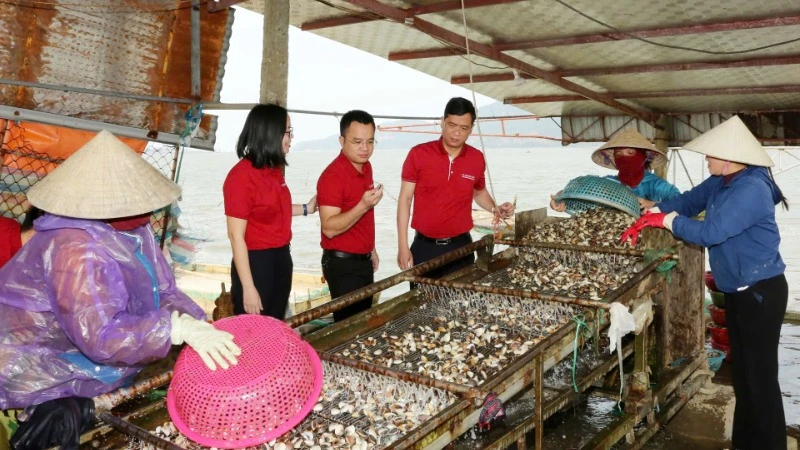
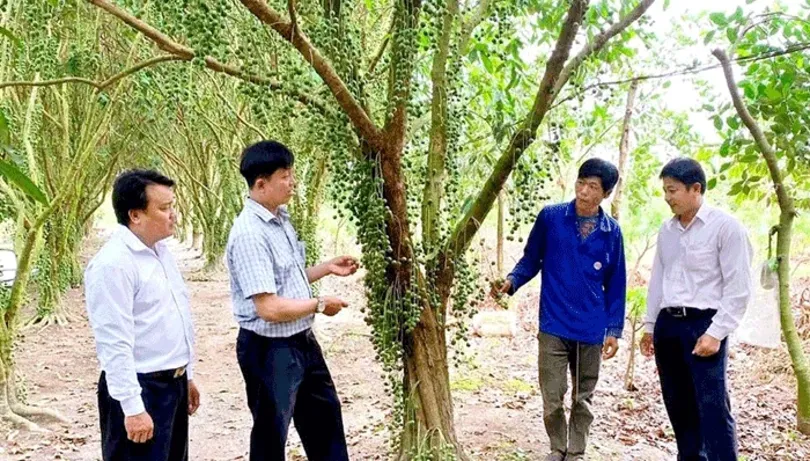

Comment (0)